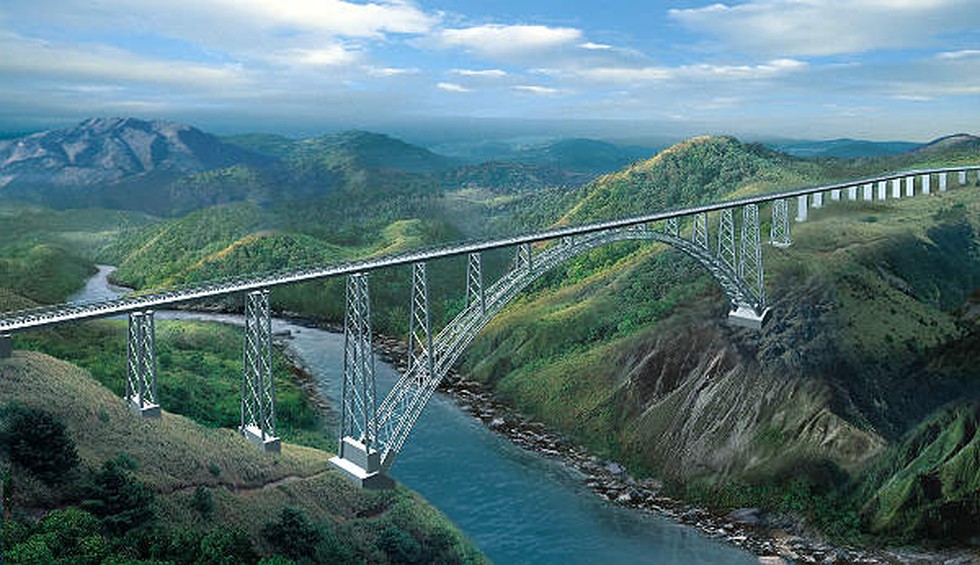
About Chenab Rail Bridge:
Key Facts about Chenab River:
The Indian Army has recently launched...
The Central Government is conceiving ...
India's external debt was placed at $...
The death toll of pigs following the ...
A rare Indian Painted Frog was recent...
Julian Assange is en route to a court...
Recently, using the powerful Atacama ...
Recently, the 350th contract under th...
Devotees from across the nation are f...
Several historians, academics, writer...